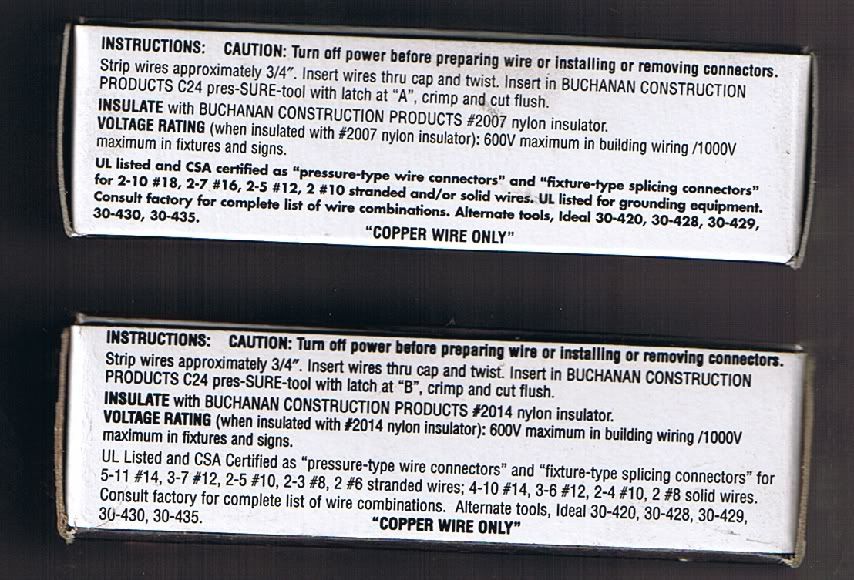Sorry didn't see you there Marc. The four tang crimpers originated in Aerospace and are too expensive for Newbies. There is depth setting issues that cause loose bonding unless the tool-die is adjustable or size changed.
I agree with you on getting into the depths of the box. out-of-touch
I agree with you on getting into the depths of the box. out-of-touch



